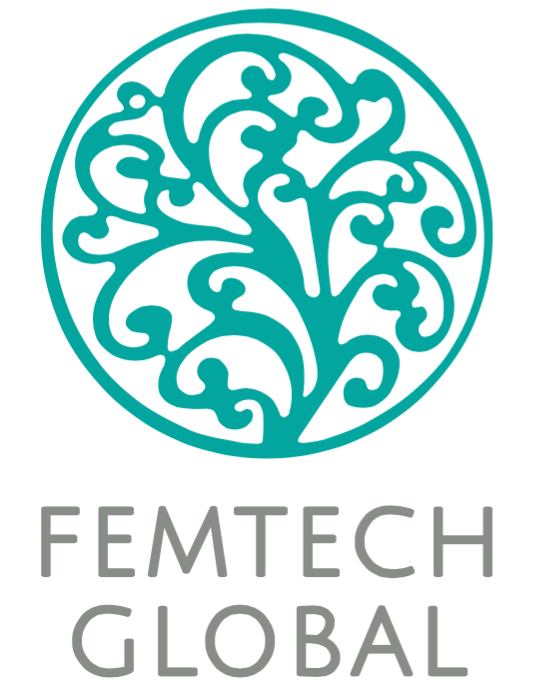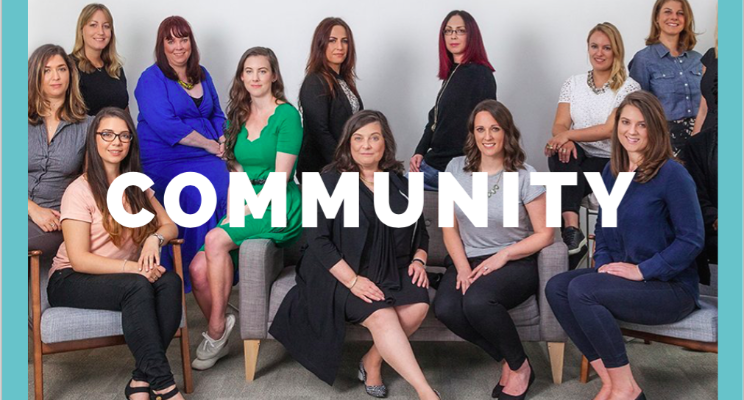Originally published via Starling Bank
Community.
What makes a community? Seriously, what constitutes community? Back in the day (and yes, I’m old enough to get away with saying that) it was a physical thing, a place where people set up camp around a few central services like the post office, library, grocery store, and bank. Community was a relatively small thing where anonymity was only afforded the stranger who passed through town, and sure enough if someone didn’t know you, they knew your parents.
Today, Community with a capital C is something amorphic, something intangible, something that exists beyond geography and beyond the town square.
It’s – like everything else seems to be these days – virtual.
And yet as humans, we crave connection that’s tangible, even if it’s only that distracting vibrating ping for every new Snapchat or Twitter notification. Although now days, anyone can find you and your parents. Thanks Facebook.
So what’s different about community now and back in the day (sigh)? Nothing. Not really. Not at its root. Not when it comes down to the definition of the word, the feeling, and the action of community.
Community (communitas) has the same Latin root as Communication (communicare). Actually, both words have an even deeper connection – one that truly creates a root system – and it looks like this:
Com = with, together
Unus = oneness, unity
Fine, you say, thanks for the linguistic lesson. What does that have to do with challenger banks, you ask. A lot, I say.
Think about pre-Fintech fashionable banks. Think about how that small community camp always was staked to a local bank. Think about how it served as the financial health clinic bringing communities together economically, how it communicated with every member in the community about their individual money needs. Think about how Com + Unus were facilitated by local institutions, banks included.
We’ll gloss over the dark ages of big banking with the proverbial Three-Wise-Apes (see, hear, and speak no, ahem, evil) impediment to communication and jump to the rise of the Challenger Bank Epoch, and how it’s bringing back Community and Communication. In fact, let’s jump to a gatheringwith Starling Bank.
What made that gathering different?
First off, the CEO was in the room. Not only was Anne Boden there, she was there to listen and share with everyone in the room. Let me repeat: Anne was there to listen.
In fact, every single Starling team member there that evening was there to listen, to communicate, to share, to involve, and to connect with the people – the Femtech community – in that room. How simple a concept, how clear a principle, and how enriching an experience to have the chance to listen and connect with the people you are serving (it’s called financial services for a reason).
Challenger banks are a direct response to the needs and demands of an evolving customer base, a response that manifested because the people launching these new banks were listening to under-satisfied, under-and-un-served customers. Challengers seem to listen twice as much as they speak (we have two ears, only one mouth – do the maths). And listening, active listening, is the crux of good communication. And communication lies at the heart of community, virtual or otherwise.
This Starling Bank / Femtech gathering had the best of both worlds, blending tech and a virtual global community with the services and sensibilities of tradition, adding in the secret ingredient called communication, which added the flavor of warmth and human connection to the evening.
Even though the evening was about appreciating the advances of technology and money management, it had an element of nostalgia for the times when financial services were personal, when the people managing your money looked you in the eyes, listened to you, and asked you how they could serve you.
It was about bringing back those times when communication – unity and togetherness – were the building blocks of trust in financial services.
It was about challenger community banks.
It was about connection.



